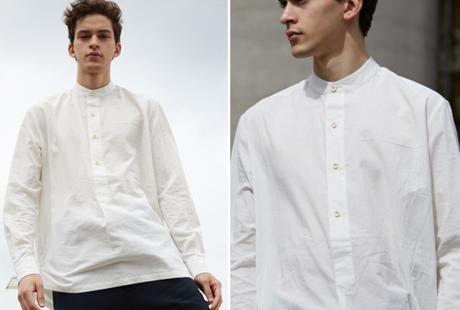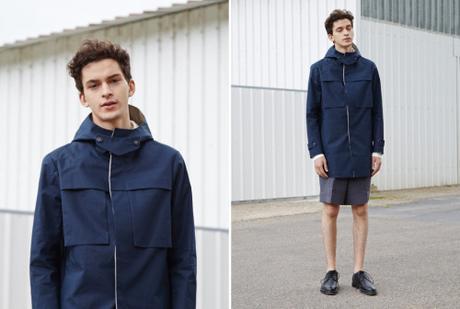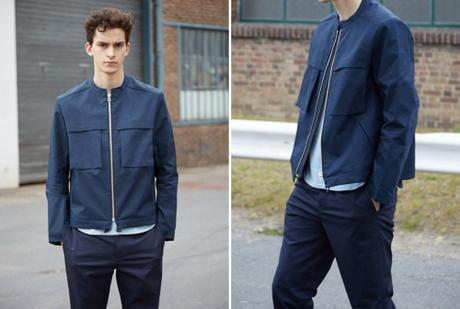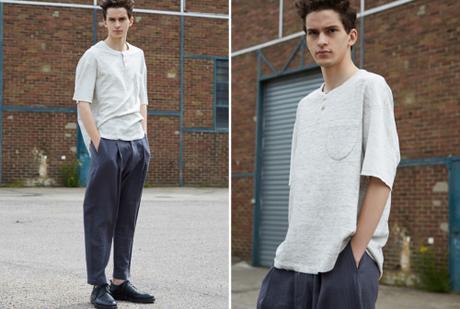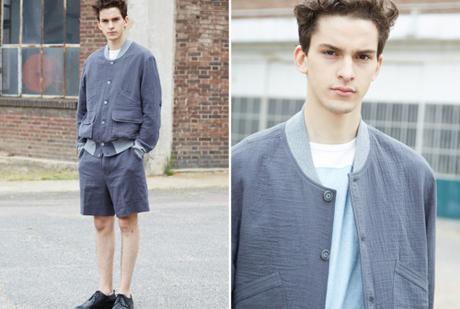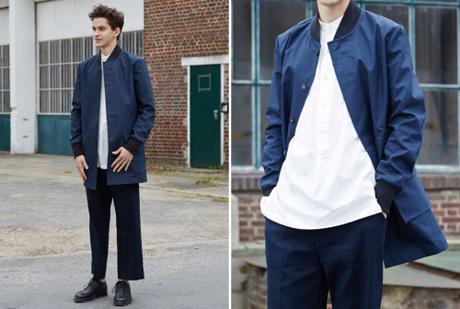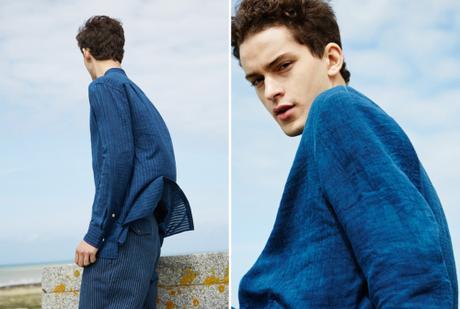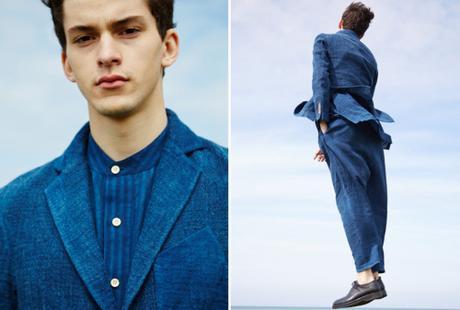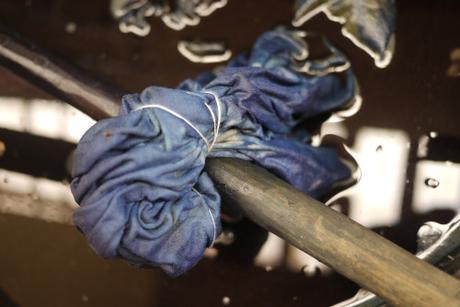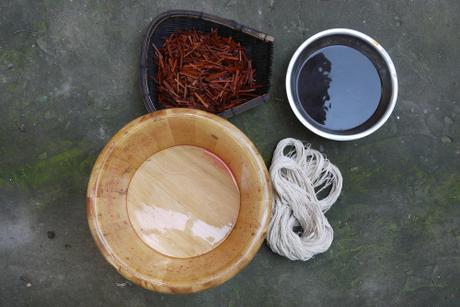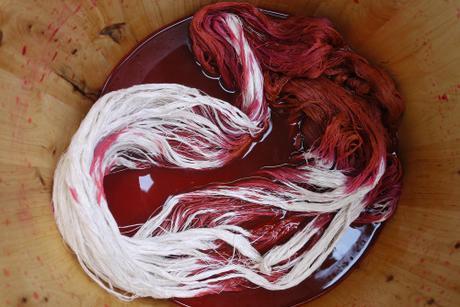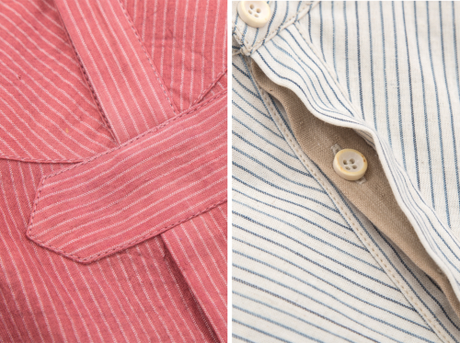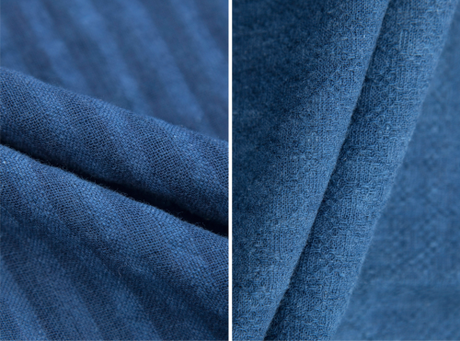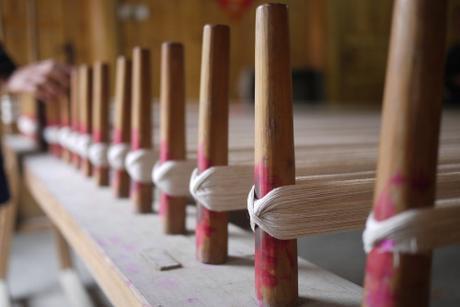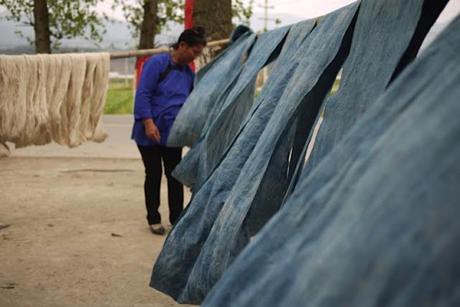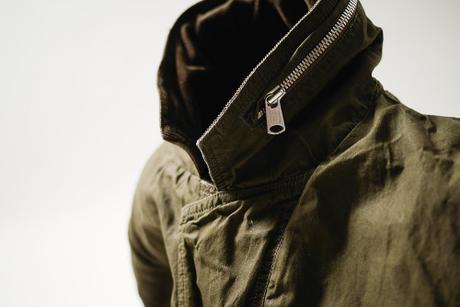
I love classic tailored clothing and heritage brands such as Barbour, but I also enjoy seeing all the new brands that come up in casualwear. Patrick Grant once said the great thing about fashion is that it’s an “ever-moving feast” with new companies and styles coming and going all the time. Last year, I wrote about six new(ish) companies that I’ve been watching – brands such as Ten C, Frank Leder, and Dana Lee (who I still think are doing great things). Here’s an update with seven more. Like with the previous year’s list, maybe you’ll find something to like here as well.
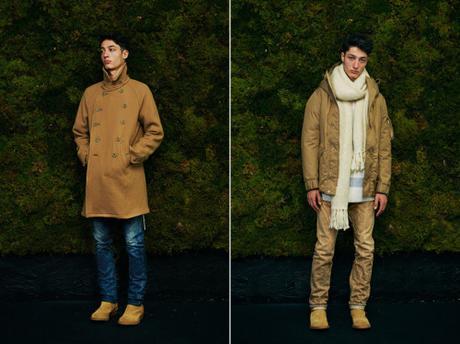

The concept isn’t entirely new (and frankly, neither is the brand). On the one hand, Nonnative is just another Japanese label making contemporary clothes inspired by classic military, work, and outdoor wear. On the other hand, they also seem to approach things with a bit more levity and creativity. Some of their garments – such as the collarless denim jackets and overlong shirts designed for layering – might be a step too far for me, but I like some of the conservative remakes. These corduroy blousons, tan bridge coats, and slimmed down double riders feel like they’d go well with the jeans and boots I’ve been wearing on weekends.

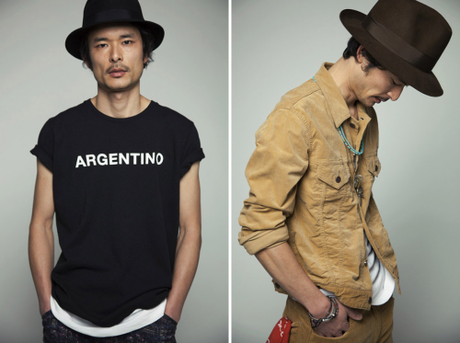
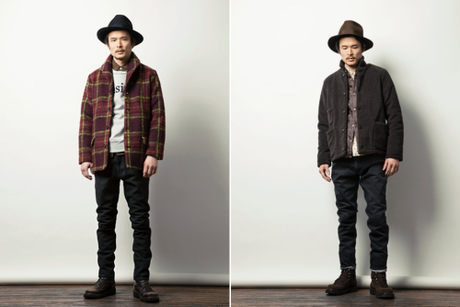
Niche is a relatively young brand put together by Takumi Oomura, who used to design for Nepenthes. Like other Nepenthes labels, such as Needles and Engineered Garments, Niche offers quirky takes on traditional workwear. Except, whereas the previous two often feel like Japanese remixes on American culture, Niche is a little more South American influenced. Oomura lived in Argentina for a while, so his designs are often inspired by the traditional garb of gauchos in the Pampas, the colorful landscape of Patagonia, and the small flower shops around Buenos Aires.
Not all of his designs are Argentine in flavor, however. This field jacket, which has become one of my favorite pieces of outerwear, is pretty straightforward. It features a two-way Talon zip, a unique cross-yoke back, and a throat latch, which – when fastened back – helps the collar stand up in a rakish way. I’m told that it’ll be restocked this season at No Man Walks Alone, along with some new things from the company.
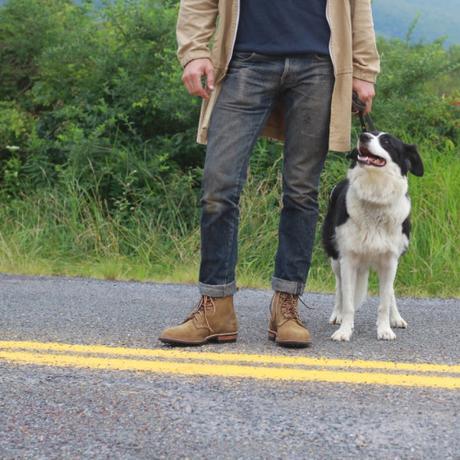
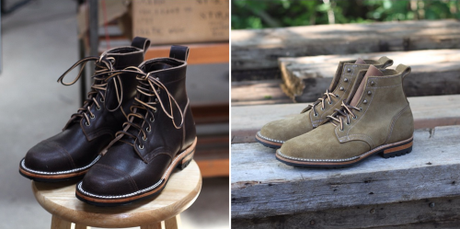
Truman Boot Company is a barely a year old, but they’re already making waves. The three-person, Pennsylvania-based shop makes hand-lasted, stitched-down service boots that straddle the line between workwear and fashion. Like Viberg’s offerings, these are the sort of boots you can really beat around, but still pair with fashionable leather jackets and slim jeans.
Since the operation is small and everything is made-to-order, you can request changes to their designs without much upcharge. That means requesting something with or without a toe cap, having the toe structured or unstructured, and asking for details such as pull tabs and speed hooks. Boots start at an impressive $410, which is basically unheard of for this sort thing (hand-lasted boots that don’t look overly utilitarian). Vince Romano, the company’s co-founder, tells me that he has some new leathers from CF Stead coming in the near future, as well as some new boot styles slated for later this year. Those include tweaks to their current service boot offering, as well as a tall military boot and a masculine looking Chelsea.

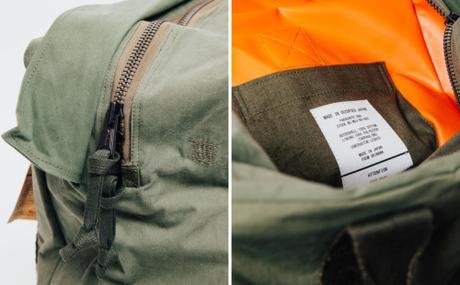
A lot of designers these days are doing really cool upcycling projects. Needles Rebuild and Christopher Raeburn, for example, have taken things such as thrift store flannels, parachutes, and even inflatable rafts and turned them into jackets, pants, and shirts (my Needles BDU jacket is basically patched together from vintage Army coats). Monitaly and 3sixteen have also used vintage military items to make mountain parkas and five-panel caps.
Another interesting company in this vein is Made in Occupied Japan – a niche label that’s taking US Army tents used in Okinawa after the Second World War and turning them into shoulder bags, totes, and clutches. Any “imperfections” in the material – such as patched up areas or darned-over holes – are purposely kept in for character. Even the zippers and linings are vintage, which together with the vintage canvas shells, give these bags a sense of history before they’re even used. The label also has cool looking repos of US military medical personnel shirts, although those look to be designed from new, rather than vintage, materials. You can buy the bags direct from Japan or through the UK’s Trunk Clothiers.
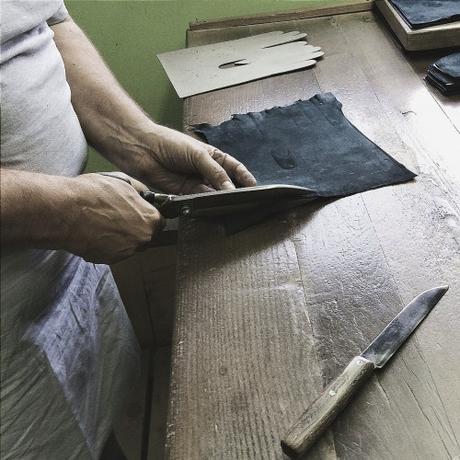
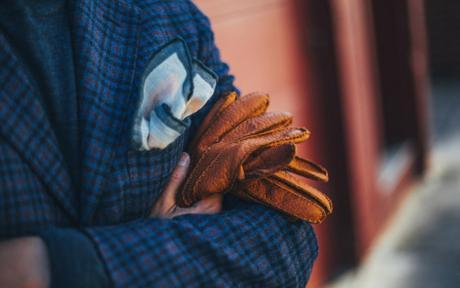
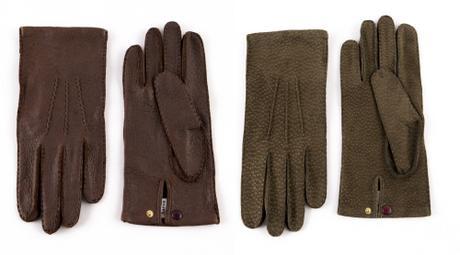
A pair of well-made gloves can really help finish a look, but nice ones often cost a pretty penny. Aaron Cheung is a young Australian offering handmade gloves at a considerably lower cost than some of his direct competitors. Each pair is handcut and handsewn in Hungary – where some of the world’s best leather glove makers operate – from top-end lambskin, carpincho, and peccary leathers. And although Aaron’s website doesn’t currently reflect it, he also offers custom gloves, where you can choose from a larger variety of leathers, button snaps, and linings (useful for those who want different colored leathers or more conservative button snap choices). There’s also a made-to-measure option, although I’ve found these to fit perfectly straight-out-the-box. Prices start at a low $116, thanks to the strong USD to AUD exchange rate.
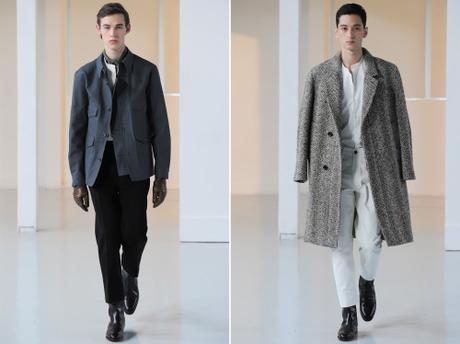
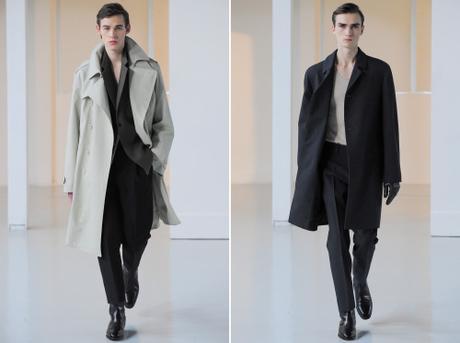
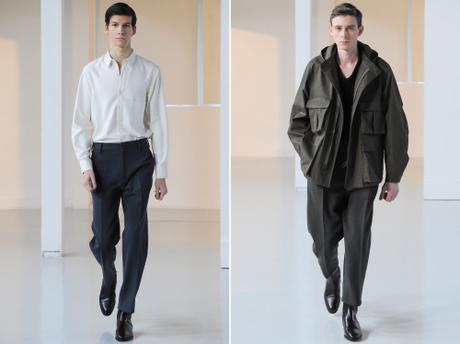
If you’ve paid any attention to high fashion over the last year, you’re probably familiar with Christophe Lemaire. The French designer was the artistic director at Hermes for a while, where he designed the company’s womenswear line, before recently leaving to return to his own label (now simply renamed Lemaire). His FW15 menswear line caught huge headlines earlier this year, as it was arguably one of the best runway shows of the season. Building on previous collections, where he always championed fuller silhouettes, this one seemed a little cleaner and fresher. It had a sense of 1960s austerity mixed with 1970s grandiosity – pairing oversized, voluminous coats with slim, high-waisted, boot-flashing trousers. Plus, there’s that beautiful fabrication, such as the boucle-like tweed on this herringbone overcoat. Altogether, a very exciting, minimalist European aesthetic with strong plays on proportions.
You can find Lemaire this season at Mr. Porter, Barneys, Neighbor, Carson Street Clothiers, and Matches Fashion. He also has a collaboration line coming out with Uniqlo, which will be available at much more affordable price points.

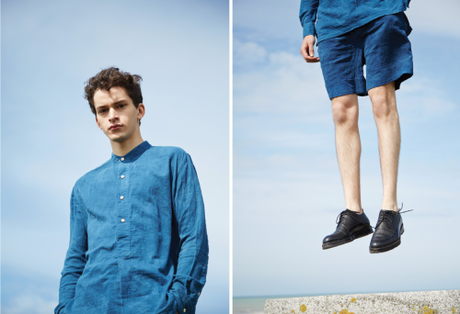
Designer Ming Yin is doing some really interesting things. Her line Three Animals is a sort of hybridization of Eastern and Western cultures (which I suppose is natural for a Chinese designer living in Paris). Surprisingly, unlike every other company in the world, her outerwear is the more “basic” part of her line. Coats include trim bomber jackets that have been reworked in crumpled textiles (sort of like the outerwear you’d see from other French labels, such as Harmony and APC, but done in more interesting fabrications). Meanwhile, her tops and bottoms all have really interesting proportions. Shirts include long, Mandarin-collar pullovers, while trousers are dramatically pleated and slouchy.
The lookbooks are all very inspiring, although I don’t know if much of it fits into my own wardrobe. I’m mostly interested in the label because of its mission statement – to prove that Chinese production doesn’t necessarily have to be low-quality. Everything from Three Animals is made in China, and mostly uses hand-woven Chinese textiles dyed in the country’s more traditional techniques (which includes indigo). It’s nice to see a line that’s proudly made in China, rather than feel the need to hide its origins through vague descriptors such as “imported.” Hopefully niche Chinese production techniques like these catch on.
